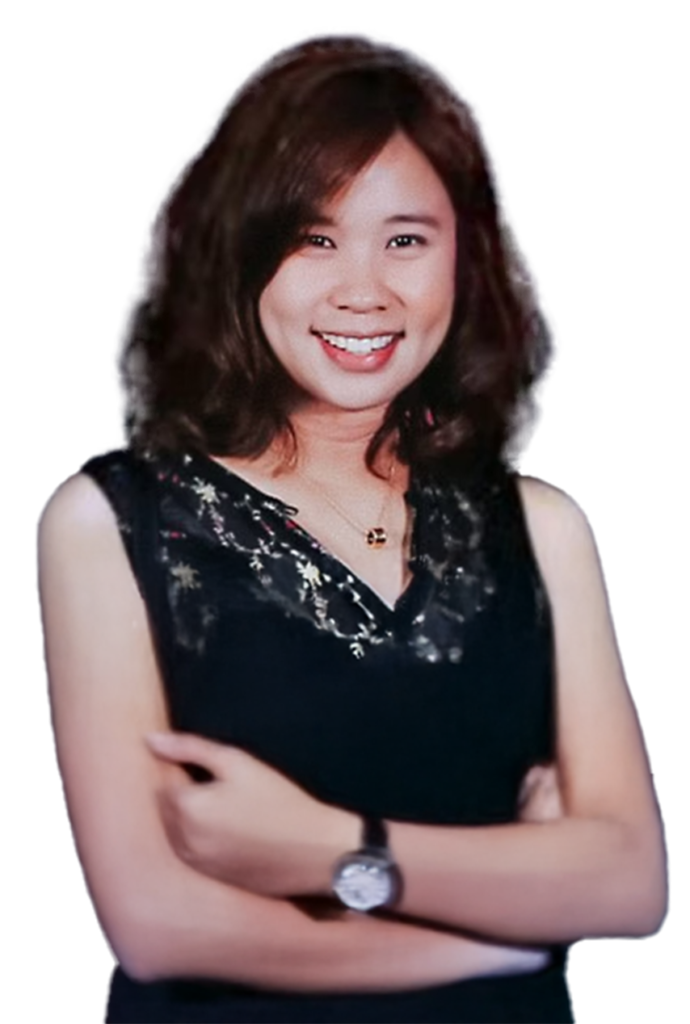
Executive Summary
Lavender Confectionery & Bakery wanted to make use of data to understand its customers’ needs, allowing it to more effectively manage stock levels and reduce food waste.
The company adopted Azure Synapse Analytics and Power BI to streamline data processes and build comprehensive dashboards, enabling better sales forecasting and actionable insights.
Lavender improved its forecasting accuracy, identified patterns that led to waste, and empowered its teams with insights, saving time and improving marketing and distribution efforts.
24 locations across Malaysia and Singapore
50% time saving on weekly production planning
Lavender Confectionery & Bakery launched in 2000, inspired by its founder’s passion for baking and making special moments sweeter. “When you think of birthdays, festivals, or milestone celebrations, you think about having cakes or baked products to celebrate that, right? Being part of those happy occasions is what inspired our founders to start Lavender,” reflects Vera Tam, Assistant General Manager at Lavender.
The bakery is also committed to using top-quality ingredients and a combination of traditional techniques and modern technology. “We believe in providing good products and reasonable prices. So, for example, we choose to use pure butter even if it costs more, and rely on natural fermentation to produce better taste, even if it takes a longer time,” shares Tam. Lavender’s products also contain no added preservatives, which means its goods have a shorter shelf life but are healthier for consumers.
With 24 stores in operation across Malaysia and Singapore, the bakery faces a challenge in ensuring all stores have enough ingredients and products to always meet the varying needs of its customers.
Needing to make use of data
As Lavender expanded rapidly, the company recognized the need for a smarter, data-driven approach to inventory management. With its short shelf life, optimizing stock levels and reducing waste became increasingly important. Lavender actively explored technology-driven solutions to support its growth, but its existing system lacked a robust data analytics framework. “We’ve always gathered data thanks to our point-of-sale (POS), resource planning, and customer relationship management (CRM) systems,” says Tam. “But the data wasn’t properly analyzed or consolidated.”
Lavender employees would manually pull data from various sources, a process that was labor-intensive and prone to errors, often leading to delays. “Our managers also relied heavily on gut instincts to forecast demand across various stores,” explains Tam. “Thankfully, our staff is very experienced and have been invaluable in getting us this far. But our continued growth meant that we had to find a more scalable solution,” shares Tam.
Introducing analytics to transform operations
Lavender began its data journey with assessment and planning. “SRKK worked with us to map out our current processes, identify areas needing improvement, and prioritize goals,” explains Tam. With these priorities defined, Lavender narrowed down the necessary solutions: Power BI for data visualization and Azure Synapse Analytics for forecasting and managing Lavender’s data warehouse.
Next, Lavender and SRKK worked on customizing dashboards to reflect key metrics. Finally, to ease adoption, SRKK conducted workshops for operations managers, followed by smaller internal training sessions to iron out issues. “Of course, managers who’ve worked with us for over a decade were better accustomed to a more manual way of doing things. But once they saw how much time they could save with the new solutions, they appreciated the new system,” explains Tam. “Knowing the ‘why’ of the change was key to convincing them.”
Delivering the right stock, every time
After implementing Azure Synapse Analytics and Power BI, each of Lavender’s 24 outlets gained access to interactive dashboards that provide valuable business insights. These dashboards help track operational trends, regional performance, and sales patterns over time. The company also uses these Power BI to monitor the performance of new product launches across specific locations.
These dashboards enable Lavender to estimate demand and plan production with more accuracy. “We now plan production weekly with fewer adjustments and less human error,” shares Tam.
With better demand projections, the bakery’s managers no longer need to deal with a lot of back-and-forth corrections. They’re also no longer spending valuable time compiling reports manually, which has led to tremendous time savings. “Tasks like planning used to take each manager about two hours weekly. With Azure Synapse Analytics and Power BI, it takes them less than an hour, so we’re easily seeing a 50% time saving,” highlights Tam. Managers now realize that they can spend their time focusing more on customer engagement and improving the retail experience.

“Tasks like planning used to take each manager about two hours weekly. With Azure Synapse Analytics and Power BI, it takes them less than an hour, so we’re easily seeing a 50% time saving.”
Vera Tam, Assistant General Manager, Lavender Confectionery & Bakery
With more forecasting accuracy, Lavender has also optimized stock levels. “With Power BI, we now have a clearer picture of product disposal and overproduction trends at each location, enabling us to avoid excess stock and reduce waste,” says Tam. In the first three months, the company’s disposal rate decreased approximately by 30%.
Leveraging insights to drive decisions
By using Power BI dashboards alongside its CRM data, the company can segment its customers for actionable insights into customer preferences. “The trends we’ve identified so far have been surprising. For instance, we found that customers in some locations prefer savory products, while in others, we have more customers with a sweet tooth,” shares Tam.
This understanding has enabled the company to tailor its offerings to better suit regional preferences. The operations team uses these insights to align marketing and distribution strategies. “In the past, we relied on total sales figures for a product but couldn’t determine location-specific performance. For example, if a product wasn’t selling well, we couldn’t pinpoint which location was underperforming,” explains Tam. Now, the company can immediately know how well each product is doing in a specific location, enabling it to stock up or down, or create targeted promotions.
With accurate, near-instant data, Lavender employees no longer need to rely on experience or historical data for planning, making it easier to onboard new staff members. “This is especially important for our industry, which moves quickly and deals with daily products. Training staff is challenging due to labor shortages, so having tools that simplify outlet management and are easy to pick up is a big advantage,” adds Tam.
Less effort, smarter workflows, more growth
Lavender’s focus on data is the foundation of its future growth. “Since we are expanding rapidly, we want to standardize processes and streamline operations to make things more efficient,” says Tam. “With the insights we have in Power BI, we can develop better processes for new locations while reducing effort,” Tam explains.
Looking ahead, Lavender plans to incorporate AI to further automate processes. “Not many bakeries use such advanced analytics tools. That’s one way we stand apart from competitors. The data we have allows us to make smarter, more informed decisions and empower our frontline staff with the information to make the best choice for their store and their customers,” concludes Tam.



